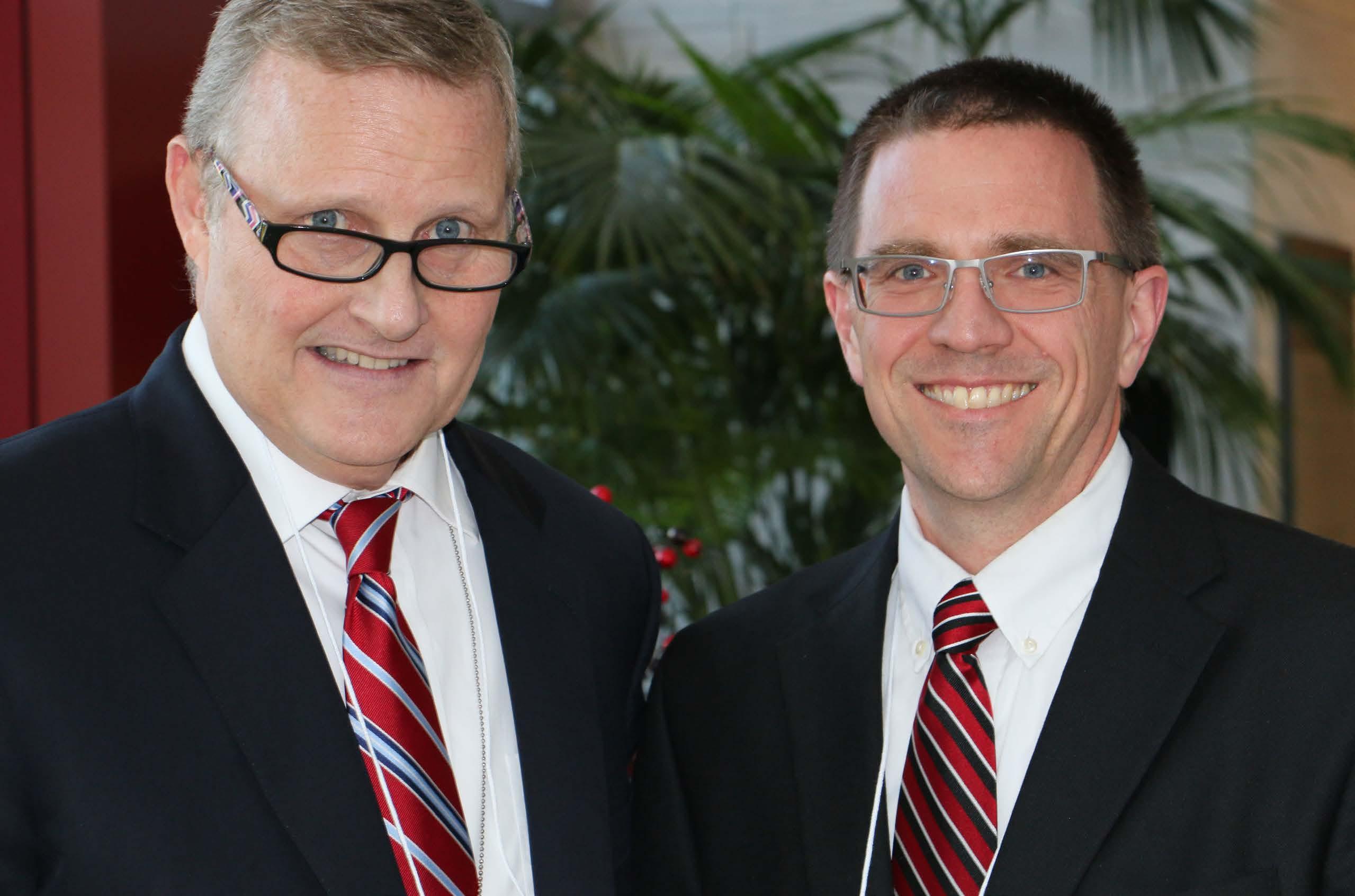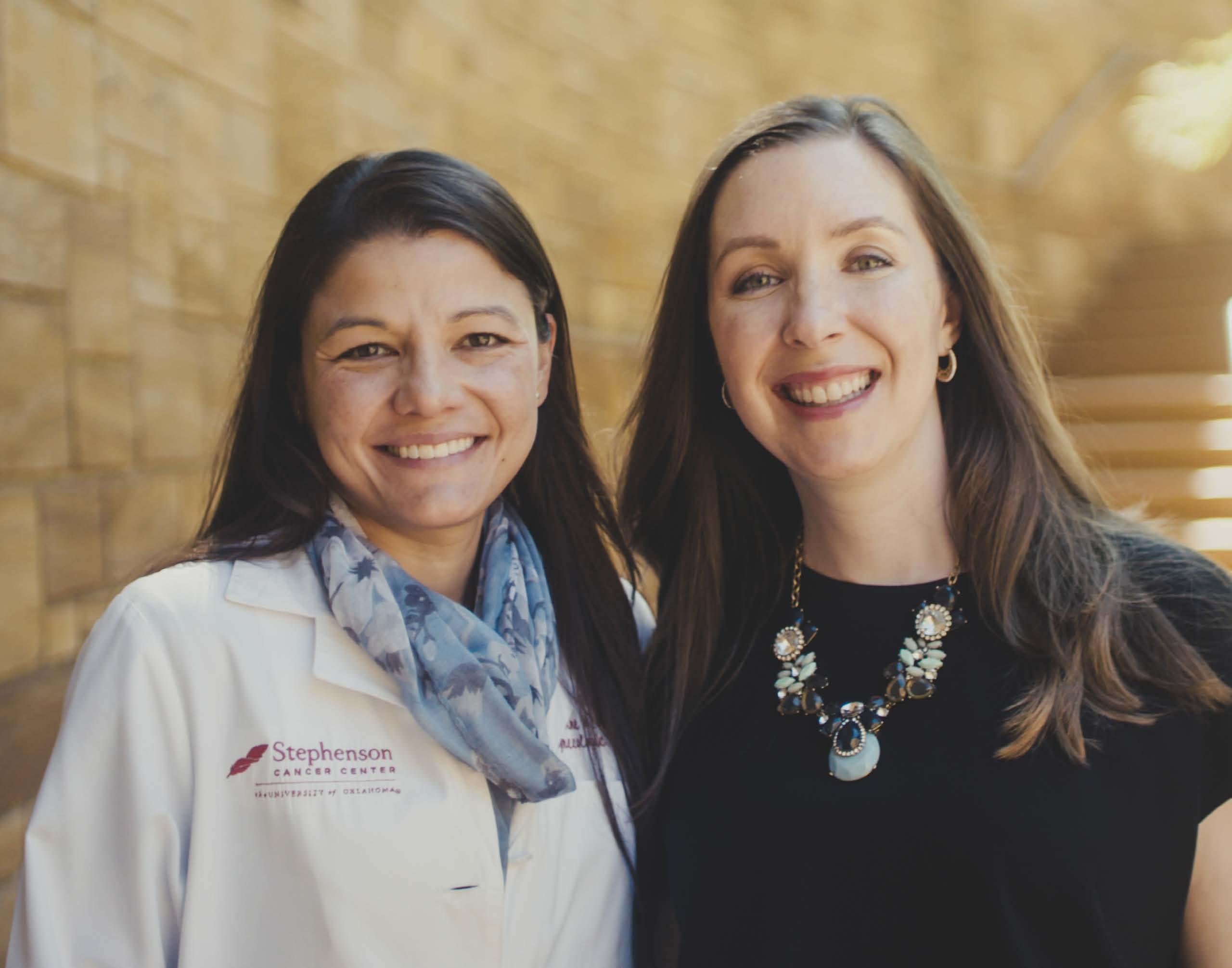RESE ARCH
are stabilized and feeling better, they might be able to take another drug or go on a clinical trial.” Research studies also are important for expanding the types of patients who can receive a drug like niraparib, Moore said. Per FDA regulations, the only way that women without a BRCA mutation can currently receive niraparib is to respond favorably to platinum-based chemotherapy, then go on the drug as maintenance. “We think this data supports the expansion of niraparib to be more inclusive of patients. PARP inhibitors work best in women with BRCA mutations, but they can still work well in women without the mutation. Niraparib really makes sense for a much broader population,” said Moore, who holds the Virginia Kerley Cade Endowed Chair in Cancer Developmental Therapeutics, funded by the Presbyterian Health Foundation.
OU Medicine Tobacco Cessation Researcher Receives Career-Launching Federal Grant A post-doctoral fellow at the Stephenson Cancer Center received a highly competitive federal grant that will launch her research career focused on using mobile technology for tobacco cessation. Emily Hébert, who holds a doctoral degree in public health, was awarded a K99 grant from the National Institute on Drug Abuse, part of the National Institutes of Health. She is completing her post-doctoral training at the Oklahoma Tobacco Research Center, a program of the Stephenson Cancer Center. Her research involves using smartphone technology to help people stop using tobacco. The K99 grant plays a key role for researchers as they transition from post-doctoral training to junior faculty member. In order to establish an independent research program, post-doctoral fellows must conduct preliminary research, then use the data from those studies to apply for larger federal awards. “The K99 award is a great opportunity,” Hébert said. “Most junior faculty are required to split their time across multiple projects and teaching. The K99 award guarantees that 75% of my time can be focused on my continued training and professional development, while I prepare and conduct a research study.” Hébert’s research focuses on using smartphones to understand the triggers that make people want to smoke, in order to automatically deliver tailored messages in real time to try to prevent them from lighting a cigarette. Thus far, most smoking cessation interventions have been based on group-level patterns of smoking lapse – when people are
32
Emily Hébert, DrPH
feeling stress, for example, they are more likely to smoke. But Hébert’s aim is to develop a personalized algorithm that identifies each person’s smoking triggers and automatically delivers messages only when they are needed. Hébert will spend the next two years exploring machine learning – the process by which computers use data to identify patterns. Through working with mentors on OU’s Norman campus and attending workshops and conferences, she will learn more about how machine learning can be integrated into her research. Her project involves sending short surveys via smartphones, several times a day, to research participants who want to stop smoking. Participants will be asked about their mood and environment, such as “Are you with any other smokers right now?” and “How strong is your craving to smoke?” The technology will then be used to “learn” how and when individuals are triggered to smoke. “This research will help us to identify patterns in each smoker’s behavior, then an algorithm will be used to determine the types of messages that should be delivered, and when they should be delivered, to try to prevent someone from smoking,” Hébert said. “Understanding machine learning also will enable me to use data from other technology, such as a person’s heart rate from a smartwatch or activity monitor, to indicate when smoking relapse is imminent. I believe these methods could be used to help tailor interventions that address other cancer risk factors, like obesity and physical inactivity.” During the second year of the grant, Hébert will begin interviewing for faculty positions. Once she secures a tenure-track faculty position, the next phase of her research career will begin: using machine learning to develop the actual smartphone-based smoking intervention.
[ Fa l l / Wi n t e r 2 019 ]











































